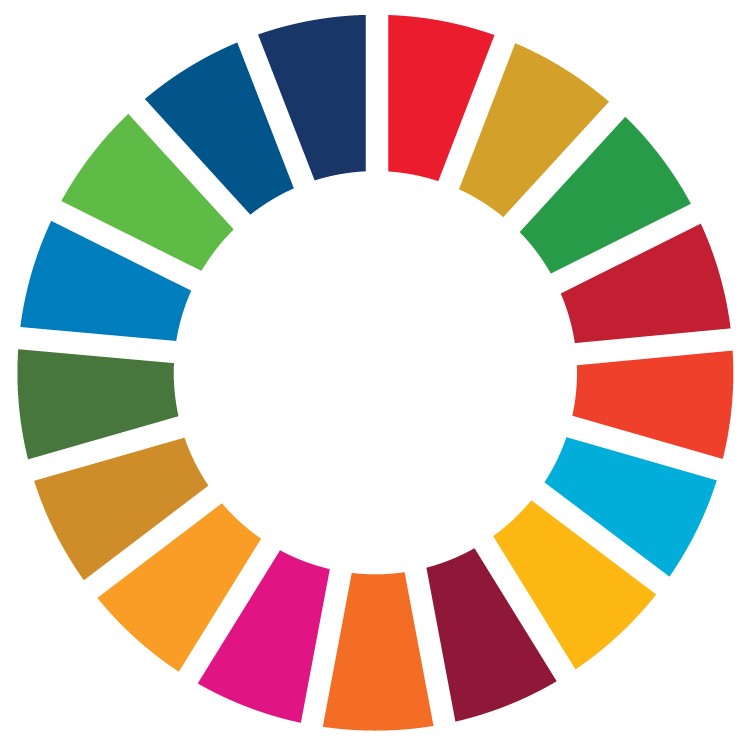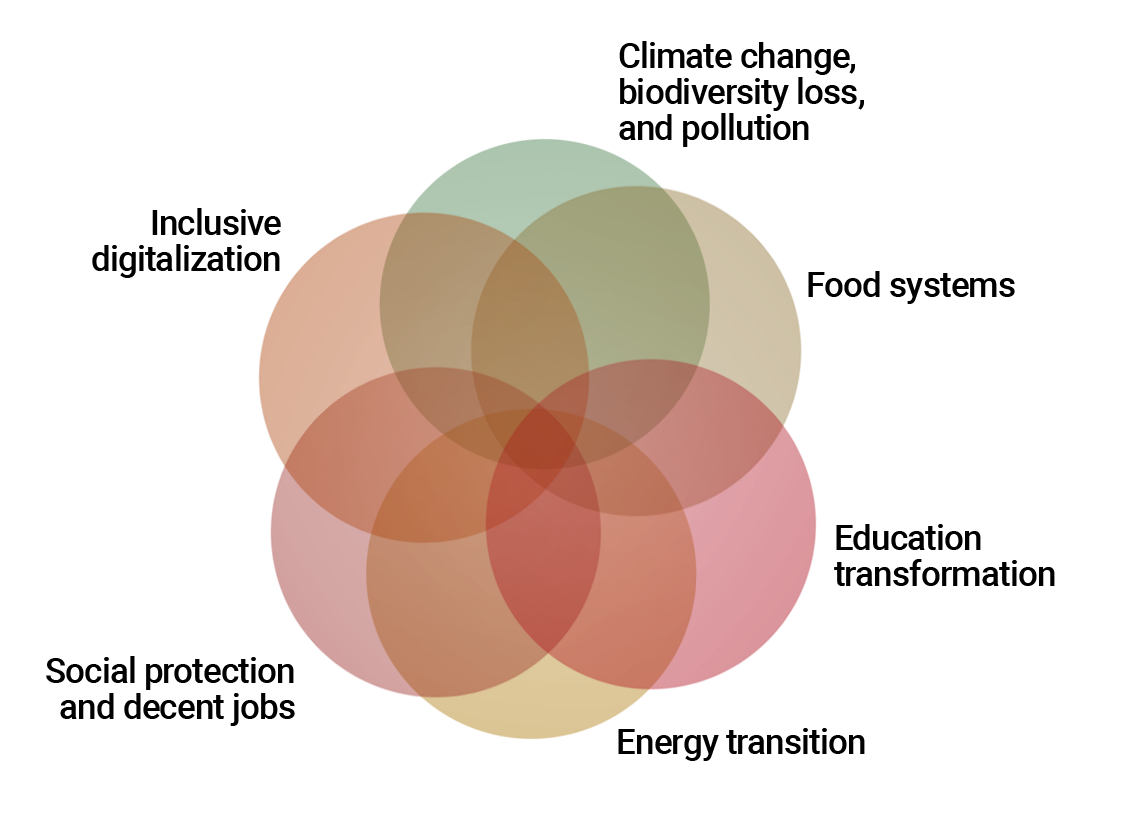
The costs of achieving the Sustainable Development Goals
Lack of reliable data on the costs of achieving the Sustainable Development Goals (SDGs) makes it difficult for many countries to plan and effectively allocate resources. The same is true for international financial support.
The SDG costing project fills a data gap by showing how much is needed to accelerate sustainable development. The calculations cover 48 developing economies, including nine landlocked developing countries, eight small island developing states and six least developed countries. The data covers 68% of the people living in developing economies worldwide.
The numbers underscore a sense of urgency: Act now or face higher costs later. Each year that passes without adequate SDG financing increases the spending needed by 2030 and lowers our chances of success.
The project focuses on six transformative “pathways” for sustainable development. It also estimates the costs of achieving gender equality for certain SDG indicators.
The analysis helps to identify synergies – showing how spending in one area can also boost results in others and how combined spending could fast-track progress towards the SDGs.
This means economies with limited resources don't have to stretch every dollar to cover every goal. By capitalizing on synergies, countries can make the most of their resources and bring the 2030 Agenda within reach.



























